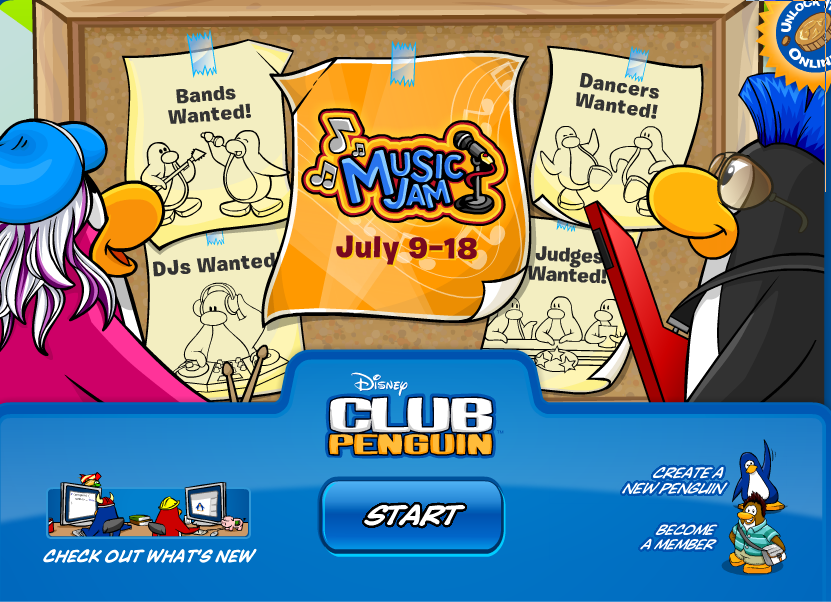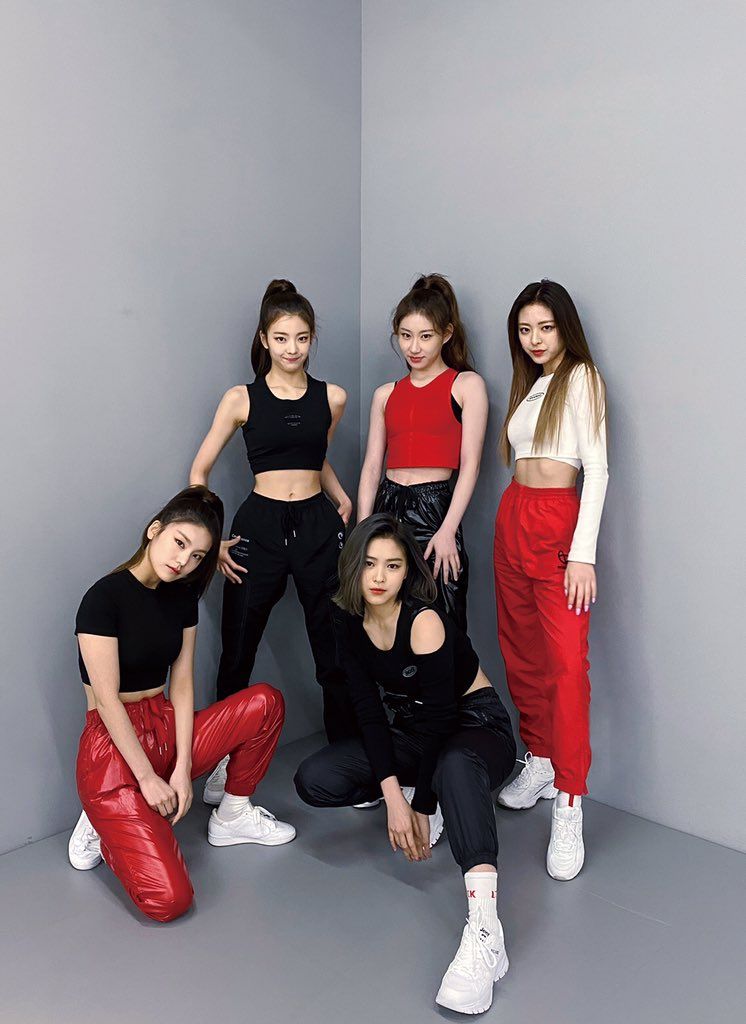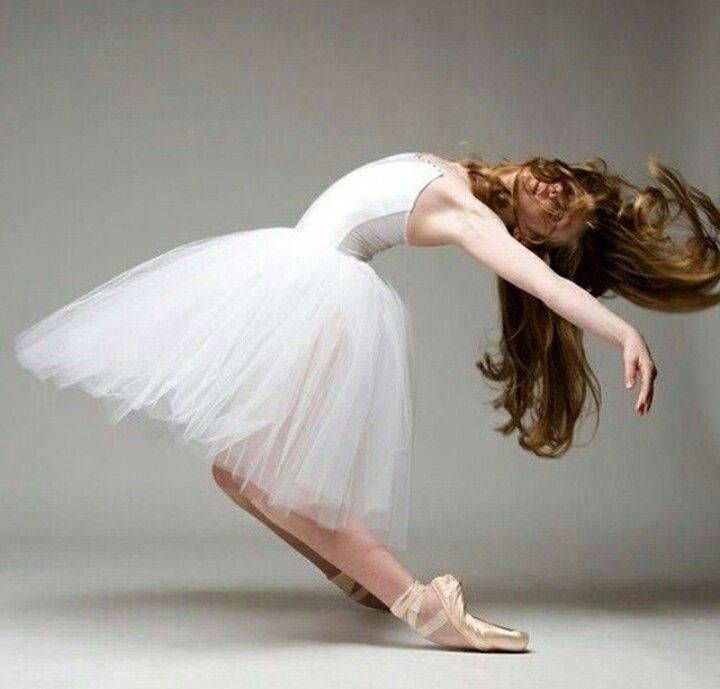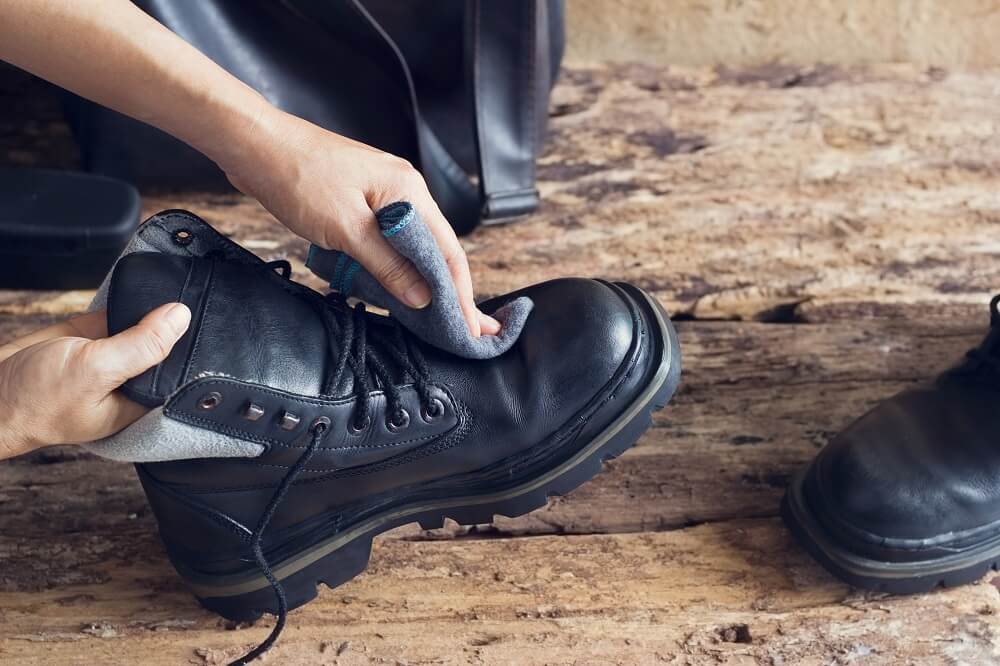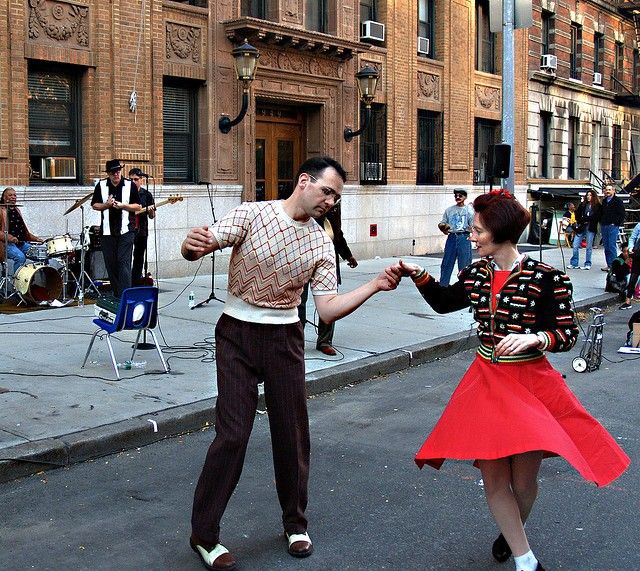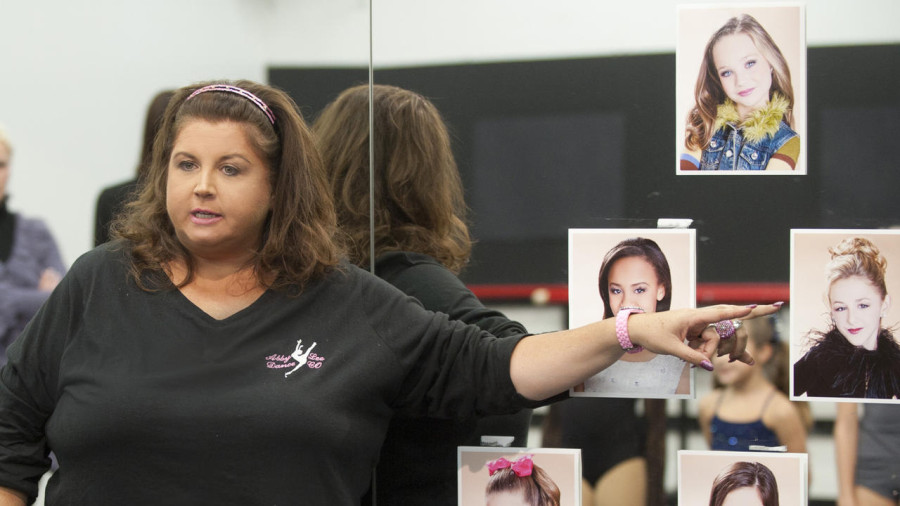How to do the three step dance
Learn Basic Steps For Waltz
Waltz is an elegant, nearly universal dance, perfect for weddings, or almost any social occasion. It's not as hard to learn as most people think.
- Basic steps
- Instructions & Diagrams
- Video
- Recommended Video Lessons »
Quick intro
Waltz dates back to the late 17th century Europe, but has never really been out of fashion and clearly stood the test of time. It should probably be one of the first ballroom dances you learn.
It is a smooth and graceful dance with long, flowing movements, characterized by rise & fall motion. It has a unique 3/4 timing and a simple rhythmic pattern which blends with the music. You can start waltzing very quickly by just learning the simple box step.
Basic steps
The basic step for waltz is a box step. It's named after a pattern it creates on the floor (box or square) and forms the foundation of the dance.
A box step can be divided into two parts - a forward half box and a backward half box. Each half box has three steps - a step forward or backward, a step to the side, and a step to close the feet together.
The leader starts with the left foot and executes a forward half box, followed by a backward half box. The follower performs the opposite – she starts with the right foot and executes a backward half box, followed by a forward half box.
The basic box step pattern uses three counts - slow, quick, quick, which is repeated twice to create the box step. Timing is 1,2,3,1,2,3 or 1,2,3,4,5,6.
Instructions & Diagrams:
When dancing waltz someone has to lead and someone has to follow. Usually the man will lead and the woman will follow.
Men's Steps:
- Step forward with the left foot
- Right foot step sideways to the right
- Bring your left foot next to your right foot
- Step back with the right foot
- Step back sideways with the left foot
- Bring your right foot next to your left foot
Lady's Steps:
- Step back with the right foot
- Left foot step sideways to the left
- Bring your right foot next to your left foot
- Step forward with the left foot
- Step forward sideways with the right foot
- Bring your left foot next to your right foot
Video
In this video Leon and Kim will show you the basic box step. You will also get important tips on rise & fall movement which characterizes this dance:
You will also get important tips on rise & fall movement which characterizes this dance:
more videos »
Once you've mastered the basic box step, it's time to start rotating that box. It will usually be rotated to the left (counterclockwise), so it's called the Left Box Turn. It's quite simple: with each half box, you turn 1/4 of the turn to the left. After two boxes (or four half boxes) you will complete the turn and end up where you began. Then start all over again.
Ok, so now that you know the basic box and how to rotate it, lets continue with basic progressive. Here, as the name implies, the leader will always be moving forwards and the follower backwards. This will enable you to move around the dance floor instead of just dancing on the spot. Here is a clip from Learn & Master Ballroom Dance course that will show you in detail how it's done:
Where to go next?
Now that you know the basics, what's your next step (pun intended ;)? To go to the next level, we recommend one of the video training programs. Here are our recommendations »
Dance Central - Three Step
This is a Newcomer figure. This online reference gives a detailed description of the dance steps, including timing, footwork, alignment, and movement; steps diagram; a list of figures that may precede or follow the pattern; and videos providing instruction and demonstration of the figure, techniques and practice routines that include it.
Leader
S: LF fwd | LOD | H
Q: RF fwd | LOD | HT | | Sway(L) | rise e/o 1
Previous "S" is a Heel step (not HT) - do not rise.
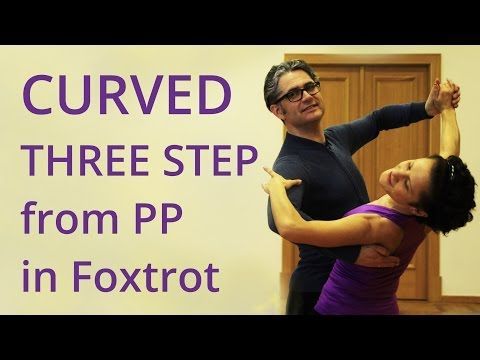
slight R side lead (to bring lady back inline after a feather finish)
Slight left side lead
Q: LF fwd | LOD | TH | Sway(L) | up, lower e/o 2
S: RF fwd | LOD | H | Sway(S) | CBM | --
Follower
(Three Step starts with a S, which is listed as last count of preceding step.)
S: RF back | BLOD | TH
Straight back, no CBM, don't curve to R either. This step has no direction change, it's moving down same one direction. Do not get into Man's space.
The driving effort is in the first part of the step. Timing of the effort is important to make the step look smooth and together with partner.
At end of the count, lower into the R knee, extend L leg straight back, use RF to really push which will make LF slide back even further for bigger step.

Throughout the Three Step, both knees are kept flexed, they don't straighten. Do not pop up. Stay flat.
Q: LF back | BLOD | TH | Sway(R) | rise e/o 1, NFR
Make sure feet are on two tracks, leave room for Man to step in between legs.
Swing L hip, L side back, LF step back (do not step to side, do not turn out LF), think more about extending/straightening left leg which will give Man more room. (Do not allow head to swing to R side of spine. Keep head on left of spine.)
Roll onto LF (with flexed knee). Slight L side lead, toe release. Do not rise up, keep flat with flexed L knee. When doing side lead and rotating to L, it's easy to get into Man's space. Can slide frame a little bit, focus on long stride. Keep very very left.
Move weight and roll onto LF, while keeping body forward to Man.

Head: could stretch L even more; OR, turn and shape to R, but do not get into Man's space.
Left shoulder/elbow continue to go back and stretch left side, don't stop. It feels like L shoulder is up. It should feel left ear doesn't change position, but because of left side is stretching, the distance between left ear and left shoulder decreases.
The feeling is chest/left rib cage is more forward to Man, while head and shoulder are extending away (opposition) more, while L knee is bent (soft knee, do not straighten), moving through and extending R leg back.
Do not rush through QQ. take the time, keep connected with Man (could be hip connection), continuous smooth movement. Man gives more on this Q, Lady extends more to L.
Keep L hip open through the steps. Do not close/square it up.
Really need to get onto LF, shoulder inline with hip, not just sending L hip back and body becomes displaced.
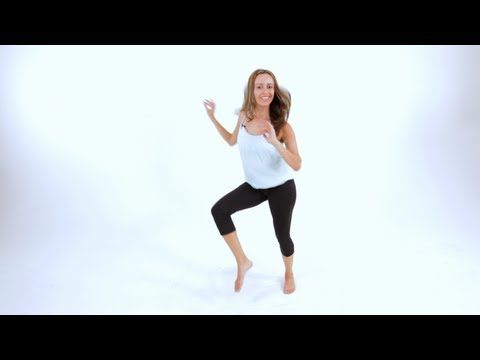
It's easy to loose contact in middle during when stepping back. Though movement is going back, the middle/chest should still be very forward to Man.
Effort is in the first step, not on this Q step. This step is releasing the energy built from 1st step.
This is the peak of the rotation, do not over rotate on next step.
Q: RF back | BLOD | TH | Sway(R) | up, NFR, lower e/o 2
Use abdominal muscle to draw RF back. Do not fall back, do not allow shoulder to go back. Keep blocks of weight.
Lower into LF with control, RF big step, no stopping, keep continuous movement, do not step on RF and exit too fast, make stepping slow and continuous. Keep the R hip connection with Man so the leg doesn't move too fast back. Keep contact is very key and still stretch L side and extend head to L.
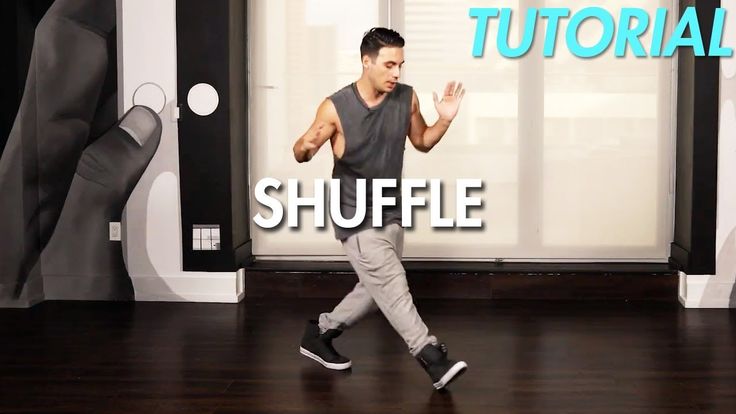 Slow down the movement.
Slow down the movement.No CBM here, straight back. toe release. Keep L shoulder up.
Do no over rotate, coast the step.
Head pretty much stays where it is from previous step, (do make sure to keep stretching head) and not move into Man's space.
S: LF back | BLOD | T | Sway(S) | CBM | --
Preceding Figures
Basic Weave
Bounce Fallaway with Weave Ending
Closed Impetus and Feather Finish
Feather Step
Hover Feather
Natural Hover Telemark
Natural Telemark
Natural Twist Turn
Natural Weave
Natural Zig-Zag from PP
Open Telemark and Feather Ending
Open Telemark, Natural Turn, Outside Swivel and Feather Ending
Reverse Turn
Top Spin
Weave from PP
Following Figures
Natural Turn
Natural Weave
Natural Telemark
Hover Cross
Natural Twist Turn
Curved Feather to Back Feather
Natural Hover Telemark
How to learn to dance shuffle - Lifehacker
December 15, 2019LikbezSports and Fitness
Master the basic movements, and then improvise and get high.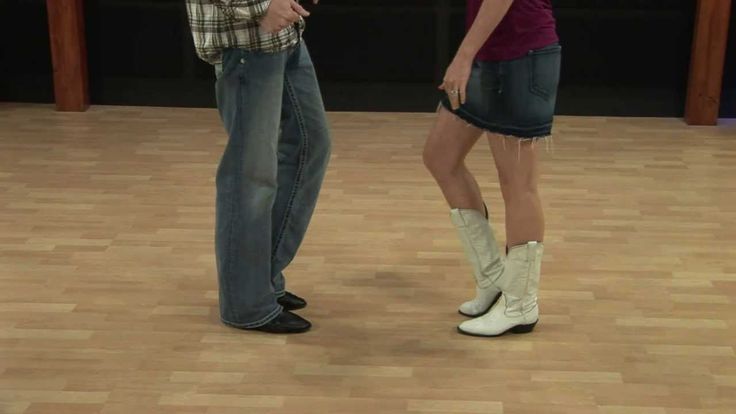
Iya Zorina
Author of Lifehacker, athlete, CCM
Share
0This dance style includes a lot of freedom and improvisation. That is why he is so good. You can master the basic movements in a couple of hours, and then complicate them to infinity and combine them with each other, create your own combinations and spy on others.
Dance in sneakers, socks or barefoot, in any outfit, anywhere.
Master the basic movements of the shuffle
In this style, you do all the basic movements with your feet, the hands most often move freely - according to the heart.
Running man
This is the most basic and essential shuffle movement. You can do it in three different ways.
Full foot
The movement begins by bending the knee and lifting one leg. Next, you need to simultaneously put both legs - supporting and raised - at a distance of one step from each other.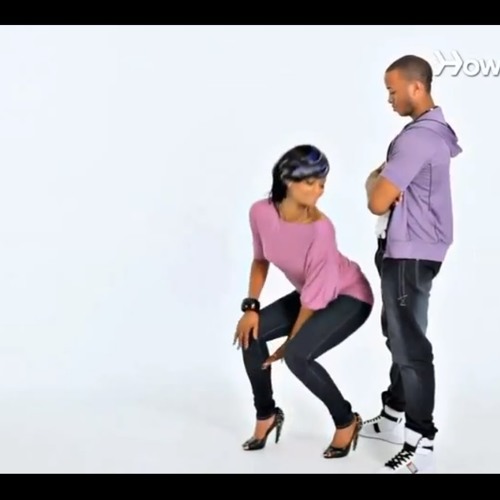
The raised leg is placed forward on a full foot, the standing one behind slips back on the ball of the foot and remains on it - the heel is not placed on the floor. The weight is evenly distributed between the two legs.
After that, it remains to return to the starting position. To do this, the front leg slides back, and at the same time, the back leg is pulled up. You find yourself in the starting position and repeat the cycle. The movement itself is soft and springy: do not stick into the floor, keep your legs relaxed.
Heel
This is a lighter and faster running man look that may be needed for some combinations. Here you put your foot not on the whole foot, but on the heel. At the same time, the one standing behind remains on the toe.
On pads
In this variation, the foot is placed forward on the pad. At the same time, the one standing behind also remains on the ball of the foot, and the body leans slightly back.
T‑step
In this movement, one foot constantly makes a “herringbone” - turns the heel in and out - and the second touches the floor and immediately rises back.
When the heel of the skating leg turns inward, the toe of the other leg touches the floor; when outward, the other leg rises, turning the knee inward.
It turns out two positions: closed - when the legs are wrapped with the knees inward, and one leg is raised, and open - when the legs are turned out with the knees outward, and the toe touches the floor. Practice doing the T-step in both directions: slowly at first, then with acceleration.
Rocking
You jump on one foot, and the other touches the floor in different places: on the side of the supporting leg, across, behind - anywhere you want. You can put your foot on the toe or on the heel - the latter is called a kick. The supporting leg can simply rise low or perform a T-step - move the heel out and in.
Charleston
To begin, you turn your knees and toes inward and lift one leg. Then turn your toes and knees outward, and put your raised leg forward crosswise. Repeat the same with the other leg.
All movement occurs on the balls of the feet, the heels do not fall to the floor. You can move both forward and backward.
Diamond
First you put your feet crosswise with your toes outward with a jump, then you also spread your legs apart with a jump.
Slides
One leg is straight, stands on the whole foot, the other is with a bent knee on the pad. Leaning on the pad, you slip the foot of a straight leg back, as if wiping the sole on the floor.
Immediately after the slip, you turn around. In the turn, the straight leg bends and goes to the pad, and the one that was on the pad, on the contrary, turns on the heel. After that, it remains only to change legs and move in the same way in the other direction.
Scissors
From the starting position - standing with a raised leg, as in Running man - you turn your hips to the side with a jump and put your legs crosswise.
The front foot is on the heel, the back foot is on the ball. Then you jump back to the starting position and do the same on the other side.
Then you jump back to the starting position and do the same on the other side.
Sidekick
From the starting position, you turn your hips to the side with a jump and spread your legs a step apart from each other. The standing foot in front is placed on the heel, the standing one behind remains on the pillow. Then, with a jump, you collect your legs and do the same on the other side.
Try other variations of the basic shuffle movements
You can perform the basic movements in different directions: forward and backward, turning around. This will give you more freedom to improvise.
Variations Running man
Do several times in place and then turn around. You can also try walking this way to the side. Each time the leg will need to be placed slightly crossed in order to slowly move to the side.
Variations T‑step
You can lower your foot on the toe, on the whole foot, touch the floor to the side of the supporting leg or forward and behind it.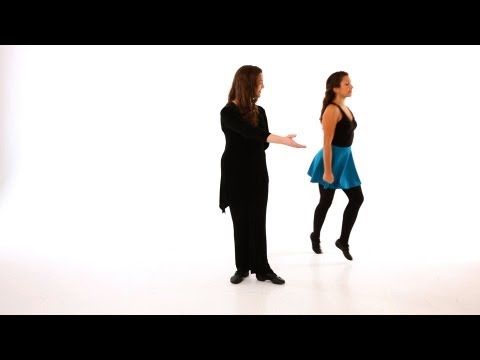
You can also keep the other leg off the floor at all - leave it on the toe and turn the knee in and out.
Variations Diamond
Here one more element is added to the movement – the heel strike. In the starting position, you wrap the toes of the feet and knees inward, and then jump on the heels, turning the socks to the sides.
From this position, without jumping, you turn your toes and knees inward, cross your legs with a jump, turning your feet with your toes outward, and then return to the starting position.
Charleston Variations
After three turns of the Charleston, turn both toes in one direction and then in the other. At the end, you can turn the knee to the side.
Connect familiar shuffle moves
While you lack the skills to move freely and come up with something of your own, learn a few combinations. They contain interesting movements that will replenish your dance vocabulary.
Combination 1
This is a simple combination of two basic movements - Running man and T-step.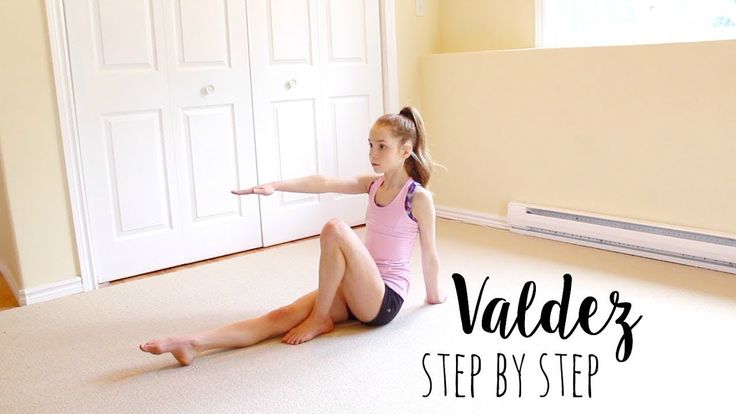 First take five Running man steps, then four T-steps to the side and repeat the same in the opposite direction.
First take five Running man steps, then four T-steps to the side and repeat the same in the opposite direction.
Combination 2
Another combination of two basic movements. Here you do three Running mans, then one T‑step with a back foot touch, and two front heel touch kicks. The same on the other side.
Combination 3
There are no standard steps here, but there are already familiar Sidekick and transition from heels to toes.
Learn more difficult combinations
We will add some videos with good combinations.
1. Cool video for beginners: movements are repeated in slow motion to make it easier to dance to the music.
2. And here the combination is analyzed step by step in slow motion, dividing it into three parts. Very comfortably. Look for more on this channel, there are several such analyzes.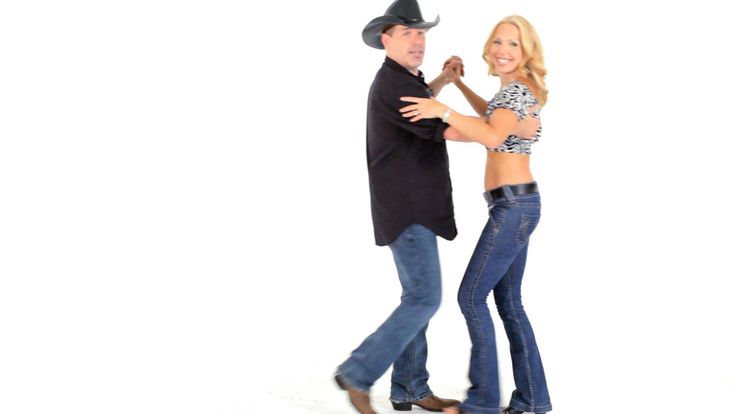
3. There is no slowdown here, just a great combination. But you already know almost all the movements, so you can figure it out. If something is not clear, watch the video at a speed of 0.25.
Pick up the music and improvise
Surely you have favorite songs to shuffle to. Include them and start with basic movements: just do the Running man and periodically add different elements when you want. Move in different directions, relax and have fun.
If you don't have favorite tracks, try our selection.
I must say that the shuffle is an amazing cardio workout. In just a couple of tracks, you will be out of breath and sweat, like after a run, but you will feel absolutely happy!
What's more, if you have to force yourself to keep going while running, shuffle requires you to have the willpower to stop and not dance.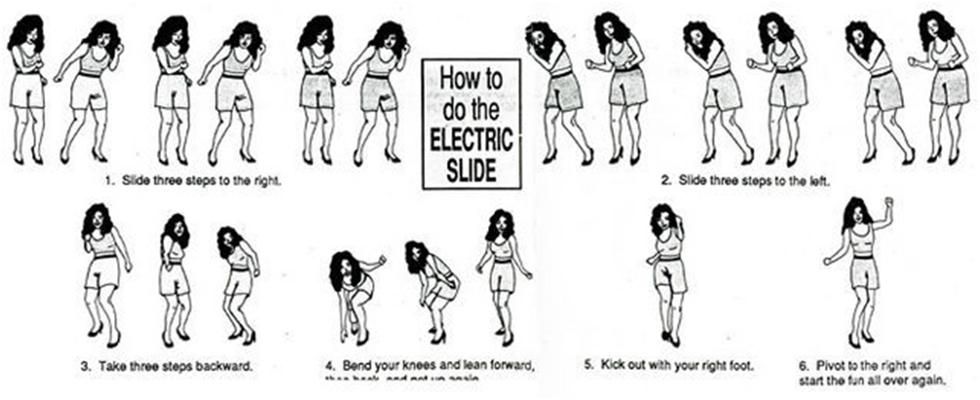 As a bonus - a short video from a beginner after a couple of hours of practice.
As a bonus - a short video from a beginner after a couple of hours of practice.
Shuffle is cool!
Read also 🕺💃🤸♀️
- Dancing as a sport: choosing the right direction
- Dance and movement therapy: how to know and change yourself through movement
- How to learn to dance: video lessons for those who are not afraid to try
- How to learn street dancing without leaving home
- Zumba is a fun way to lose weight for those who love dancing
*Activity of Meta Platforms Inc. and its social networks Facebook and Instagram are prohibited in the territory of the Russian Federation.
12 life hacks to quickly learn how to dance from Mamita Dance
dances
Author: Pavel Collect
psychologist, salsa and tango teacher
dancing
Author: Pavel Sobiray
psychologist, salsa and tango teacher
At the start, you always want to get a quick result.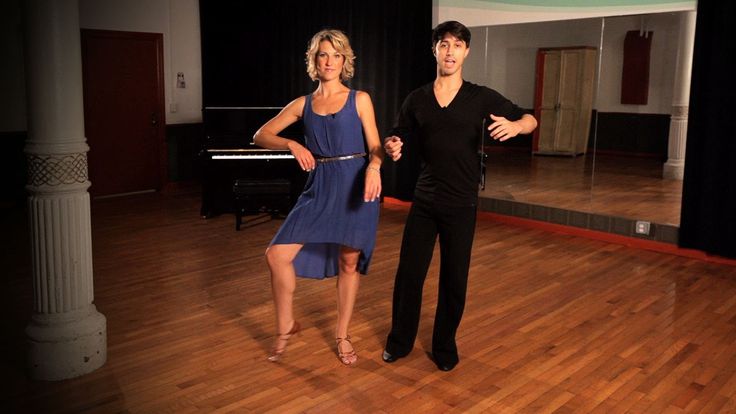 When it doesn't happen, the hypothesis arises that everything takes time. After a conditionally acceptable time, humility comes to mastering pair dances, which, perhaps, is not given, and I will just do what I learned somehow.
When it doesn't happen, the hypothesis arises that everything takes time. After a conditionally acceptable time, humility comes to mastering pair dances, which, perhaps, is not given, and I will just do what I learned somehow.
This is the most common story of those who believe that the fact of attending pair dance classes is enough to learn how to dance.
Absolutely not. If you want to really dance well, you have to make an effort outside of the dance class. A good teacher will definitely be needed, but the initiative should be on your side.
1. Listen to music
The most common and accessible advice that is given already in the first lessons. And it definitely works. Music creates a certain atmosphere of the dance and intuitively you want to move to it. It doesn't matter where you listen to music - in the car, on headphones while walking or doing household chores.
An addition that will help you dance better is your active participation in the music.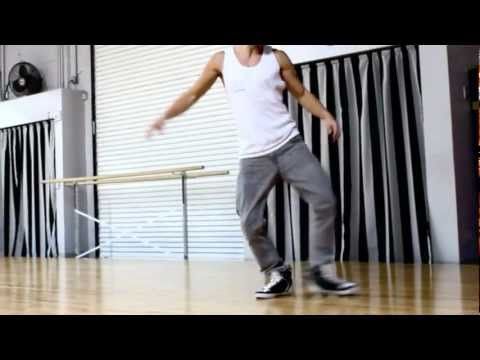 Sing along, dance or simply beat musical accents with any free parts of the body. In the subway, for example, it is enough to tap out bright moments with your fingers, in the car to sing along with sounds, and at home you can jump for pleasure.
Sing along, dance or simply beat musical accents with any free parts of the body. In the subway, for example, it is enough to tap out bright moments with your fingers, in the car to sing along with sounds, and at home you can jump for pleasure.
2. Watch videos of good dancers
It's complicated, but also obvious. It’s more difficult, because without recommendations from more experienced dancers, unfortunately, it’s not so easy to find a good quality video on the net (I mean not the resolution quality, but the content itself).
Meaningful video viewing is about building an understanding of HOW dancers make a particular impression on a partner or viewer. Technology is at the heart of everything. Understanding how the pros do it is a big step forward.
It is important to distinguish a show from a disco dance, a staged performance from an improvisation, a stylized dance from an authentic one, etc. Ask for recommendations and dance teachers will always throw off a couple of videos of worthy landmarks.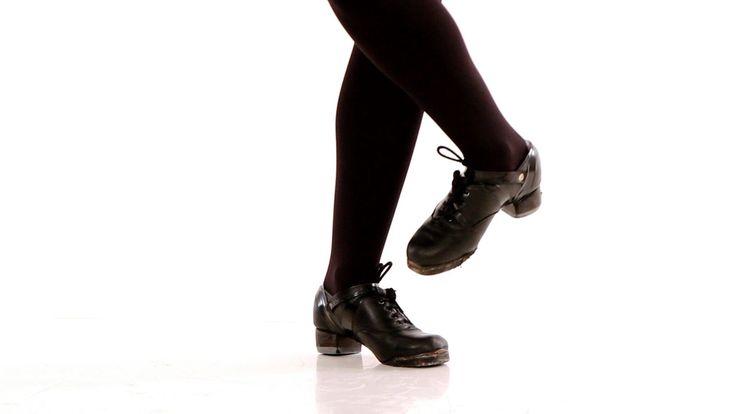
Tango Z. Showreel.
Online modern tango courses
Tango nuevo is the most advanced version of tango. We can quickly learn to dance from zero to a steep level.
| View details |
3. Dance in salsatecas/milongas/discotheques
A very delicate moment when it is worth coming to the first party. From a technical point of view, most students in 1-3 months have a sufficient set of figures and techniques to come and dance calmly. Psychologically, the same moment can be stretched out for an indefinite time. After all, it is imperative to “not lose face”, “learn more figures” and be sure what to do in case “there is an unfamiliar movement”.
In fact, the partygoers don't really care (except for a small layer of non-professional teachers who want to help inexperienced dancers by treating them as customers in the future). It is important to come and try dancing after a month of classes. You can only with friends or guys from your group. This will be enough to feel the adrenaline and inspiration from the dance.
You can only with friends or guys from your group. This will be enough to feel the adrenaline and inspiration from the dance.
4. Dance with partners or partners not of your level
The conventional wisdom that you need to practice in groups of your level does not stand up to the test of experience. Perhaps now your eyes widened in surprise, and you want to meaningfully read the phrase again. Yes, you saw everything correctly: when you dance with a partner of your level, you don’t grow anywhere.
It's important to understand that not only does it work one way and you have to dance with cooler dancers, but it works even more effectively the other way. It is no coincidence that teaching pair dances dramatically raises the level of the teacher himself. You have an endless stream of very beginner dancers.
How it works. A more experienced partner needs to be "stretched". It's easy and obvious. With beginners, you need to take more initiative on yourself, see the general pattern of the dance more widely, turn on and insure more, try to be an example and be more careful.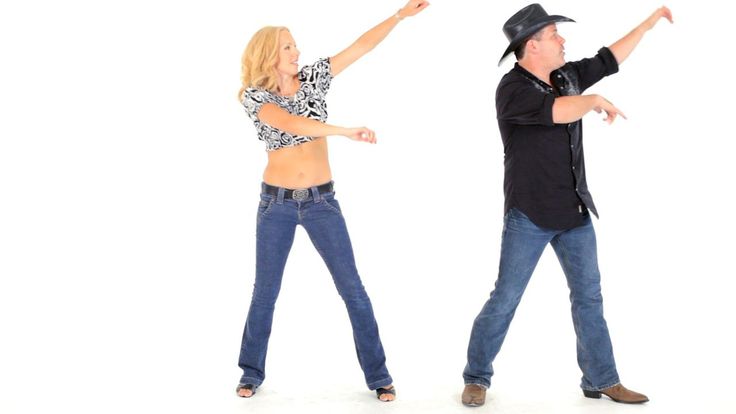 The quality of interaction begins to grow significantly. And wonderful partners too.
The quality of interaction begins to grow significantly. And wonderful partners too.
Dancing with partners of your level doesn't make you grow. Dance with beginners and more advanced dancers
Dominican Bachata Women's Style Online Course
Want to learn how to hypnotize those around you with the most appetizing part of your body? On the course we will tell you all the secrets.
| Interesting |
5. Learn to dance for a partner and for a partner
Turks and Argentines are one of the best partners in the world. In Russia, partners are highly valued. Why? The answer is simple. In Argentina and Turkey, it is not questionable for men to ask another man to lead in one piece or another and give feedback on the quality of the lead. For them, it will be a great shame to hear moralizing from a partner, or even more so to be known in the community as an insecure partner.
In Russia, due to the constant, often far-fetched, opinion that there are more women in pair dances, partners calmly get up and study their partner's part.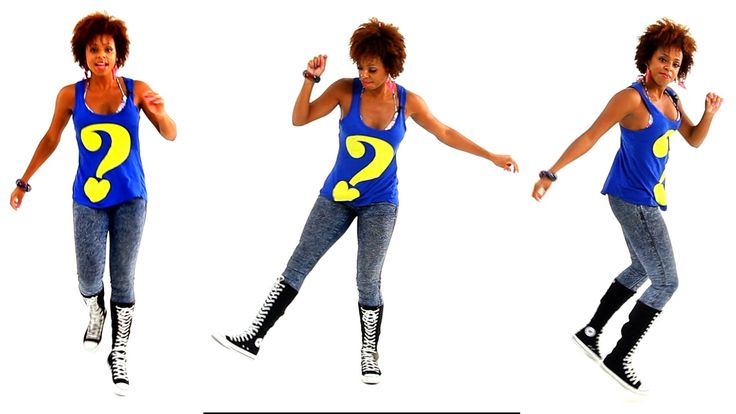 Such partners then grow into very cool dancers and teachers. In no case do this at parties, only in class. Here we are talking only about the learning strategy. At parties, be yourself.
Such partners then grow into very cool dancers and teachers. In no case do this at parties, only in class. Here we are talking only about the learning strategy. At parties, be yourself.
6. Do not memorize the links
Always try to look deeper and understand the through principle and idea of movement. Understanding what and how is done will make it possible to independently generate any sequences and chips.
Human memory is limited and there will always be a moment when something will escape and your repertoire will be limited by the size of RAM.
In Argentine tango, for example, there are seven levels of movement construction that, when mastered, will allow you to make millions of combinations. And how many dance sequences can you really remember? In rueda, more than 150 figures dance in a rare circle. It's hard to keep more in mind.
7. Develop your body
Many years of experience in teaching pair dance shows that as soon as everyone pairs up in a class, any progress in individual style ends. But it is the individual style that distinguishes everyone at the disco: partners change, and style is always with you.
But it is the individual style that distinguishes everyone at the disco: partners change, and style is always with you.
The body as the main instrument of dance must be very plastic, responsive and emotional. Surprisingly, not all pair dance schools have a general physical warm-up. It is vital to tune the body and understand how it works.
You can always train extra and concentrate more on the basic steps, as their true value is as body work. The sequence of steps is, in fact, the simplest thing that can be in pair dancing. The quality of individual performance determines the craftsmanship.
8. Try on the images of inspiring dancers
A psychological life hack for those who have already mastered the steps, but still feel that there is not enough brightness and drive. Most are terribly afraid of being someone else's "clone". Here the action is the same as under the influence of hypnosis - the more you resist, the more you plunge into an altered state of consciousness.
With a high degree of probability, you are already dancing like someone else's "clone". A meaningful fitting of someone else's image is that you mentally take the image of the one who inspires you (inspiration is critical in this case) and "put on" yourself. Then you start dancing and trying to feel in general how it is to be able, for example, to be the best partner or the sexiest partner in a disco. This is much more difficult than it seems. But it works extremely efficiently.
9. Dance to offbeat music
Habitual rhythms keep you tight. Tango salon or speedy timba leave little room for experimentation and fantasy. Pattern dancing is always noticeable and is reserved for beginners.
The truly new is born outside of the usual. Look for places to experiment. If there is no place, organize self-training. The main thing is not to get carried away, because music determines the style. We bring something new to pair dances, rather than trying to change them.
Search, improvise, don't be afraid to go beyond, develop in different directions, be inspired by music atypical for style
10. Try your hand at basic dance directions
dances exist according to their own non-choreographic laws.
This is the deepest delusion, which has turned into a ceiling for the qualitative development of partner dances. After all, all professional dancers, for example, in salsa or bachata, build their ideas on the basic choreographic principles.
Do not think that choreography is only applicable on stage. Any meaningful movement of the body can be choreographic. In general, try classical or modern choreography. Basically, hip-hop can work too.
11. Look for battle sensations
Pair dances return us to an active position of manifestation of our body. As in the days of our ancient ancestors, we impress the members of the opposite sex by how dexterous, hardy, sexy, etc. we are. Modern laws of the jungle in the entourage of big cities.
As in the days of our ancient ancestors, we impress the members of the opposite sex by how dexterous, hardy, sexy, etc. we are. Modern laws of the jungle in the entourage of big cities.
If you look around the dance floor, it becomes clear that the majority are clearly herbivores (not in the sense of vegetarians, but in relation to those around them). I am sure that predators are always more interesting in terms of the attractiveness of the image - try to find a counterbalance among herbivores, for example, a cat woman or a lion man.
The conversation is about an internal position, not about aggressiveness. Lability and lack of control are inherent in adolescents, and not in adult self-sufficient people.
Accordingly, even a training or friendly battle gives, on the one hand, practical skills - to make a bright sequence of movements, bring an idea to a climax, show a spectacular feature, on the other hand, develops the psychological basis of the dance - self-confidence, resistance to extraneous attention, self-control and self-control in complex elements.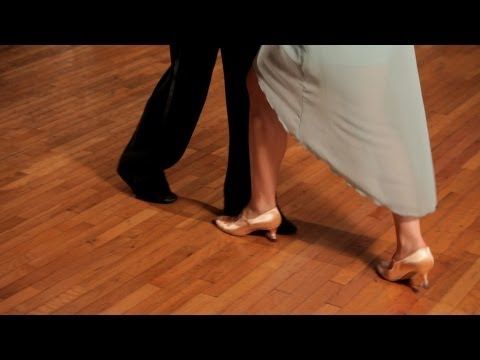
12. Communicate with professionals
The environment shapes the internal position. Basically, real passionaries of the dance community are ready to openly talk, discuss and support the development of dance in every possible way. Universal principles and the ideas they articulate have a much longer and more practical perspective than meets the eye.
Accept that, for example, behind the words "listen to your partner" is not only a beautiful metaphor, but also a practical skill to literally listen to your partner. At the same time, always treat every thought, even the most respected teacher, as a private opinion.
Your skill will lie in finding the scope of the idea even in conflicting opinions. Most often, the contradiction is speculative and the truth lies in the angle of perception or situationality.
Your dancing growth will stop sooner or later. This can happen at the level of three basic steps or years of experience in teaching and show performances.
